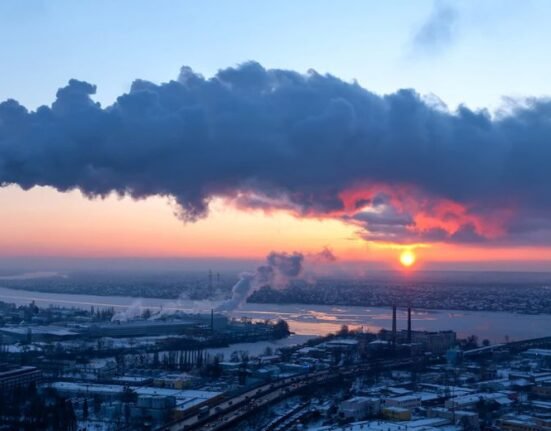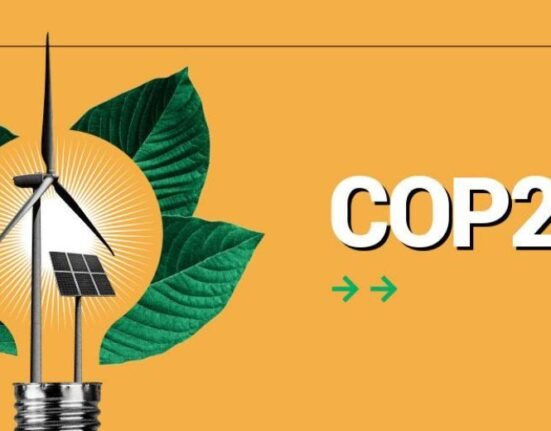Bharti Jayshankar
January 29, 2024: Kayrros, an environment intelligence company, has identified the world’s 1,300 largest methane-polluting sites from space with its satellite surveillance.
This is not the first time that methane-polluting sites have been identified. Earlier last year NASA’s Earth Surface Mineral Dust Source Investigation (EMIT) mission, installed on the International Space Station in July, has identified over 50 “super-emitters” in Central Asia, the Middle East, and the Southwestern United States. MIT is also developing ways to capture escaped methane from the atmosphere.
Super-emitters are facilities or infrastructure in sectors like fossil fuels, waste, or agriculture that release methane at high rates.
Kayrros has been able to identify the exact gas wells, pipelines, coal mines, and waste sites in countries like Turkmenistan (home to the single largest oil and gas source), India, Russia, Australia, and the United States.
Long-lasting methane
“Previously, we could measure the amount of methane in the atmosphere, but now we really know exactly where it’s coming from,” Antoine Rostand, co-founder of Kayrros, told Sky News.
Compared to carbon dioxide, methane’s contribution to greenhouse-gas is low, but it is about 80 times more effective at trapping heat in the atmosphere for a longer period.
Methane lingers in the atmosphere for about a decade, but it has an intense effect during that time says NASA, so fixing methane leaks is immediately impactful.
“Open-access climate data has a huge role to play in the climate crisis by holding governments and businesses to account,” Rostand said.
“We intend to increase access to climate data and increase the basic knowledge and understanding of the harm methane does and of the failure of many governments and organizations to report their emissions of it accurately.”
Global Methane Pledge
Over 150 world governments have joined the Global Methane Pledge to cut methane output by 30% by 2030. The Pledge intends to curb rising temperatures and prevent over 250,000 heat-related deaths annually, according to the World Health Organization.
The new data will enhance climate modeling and contribute to a better understanding of airborne dust particles’ impact on Earth’s atmosphere and surface.








